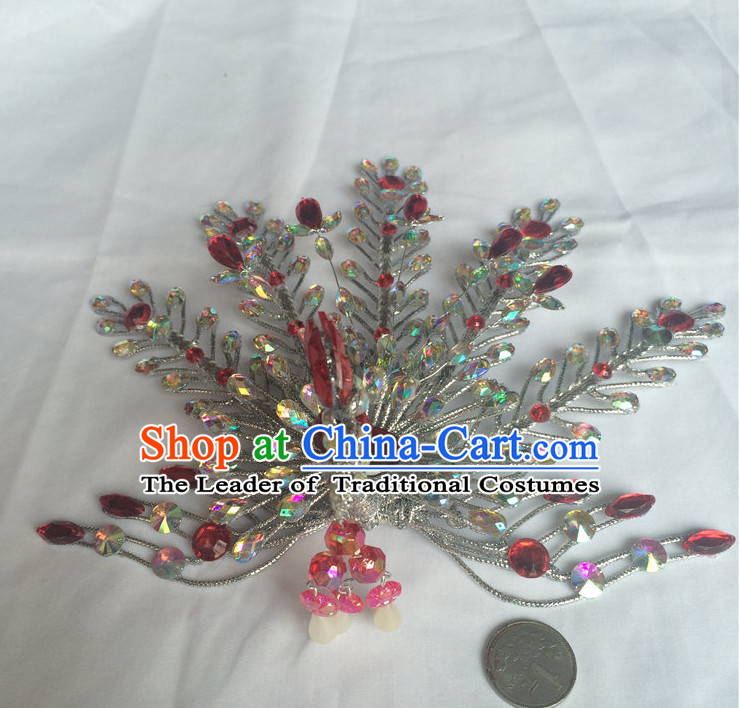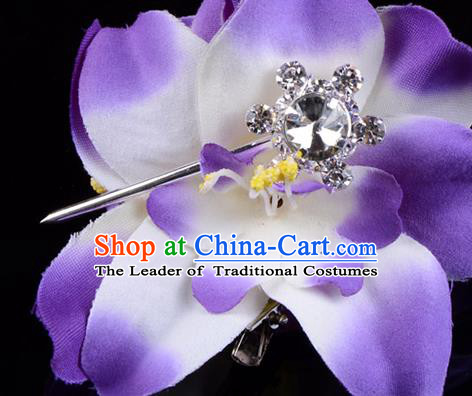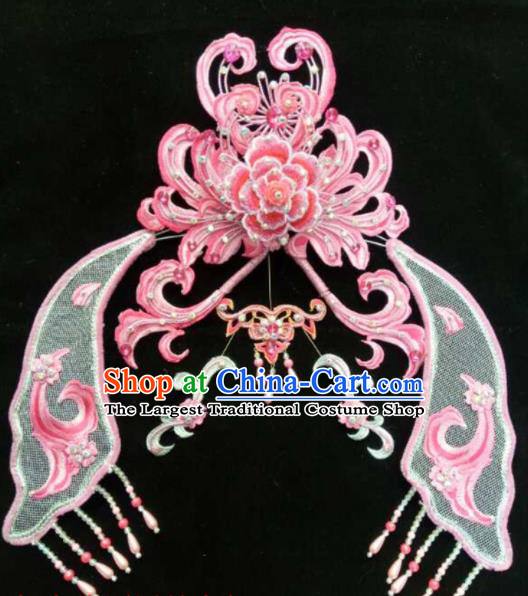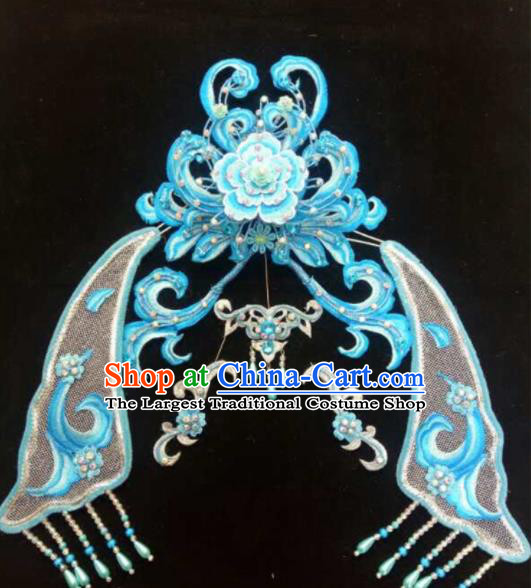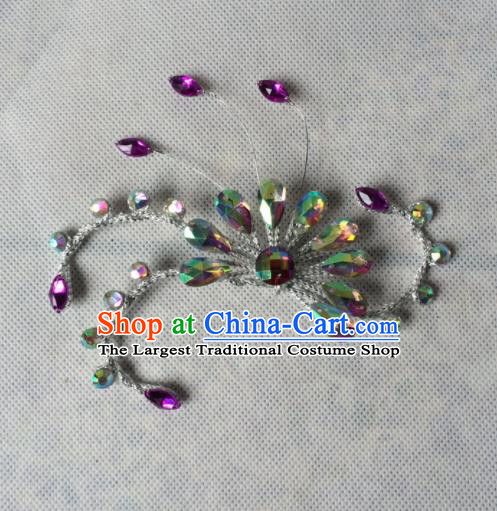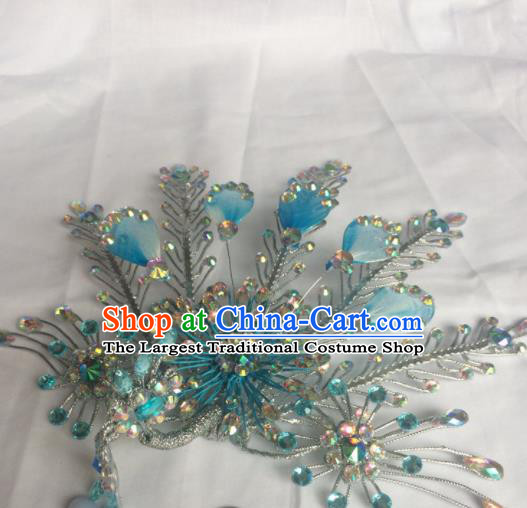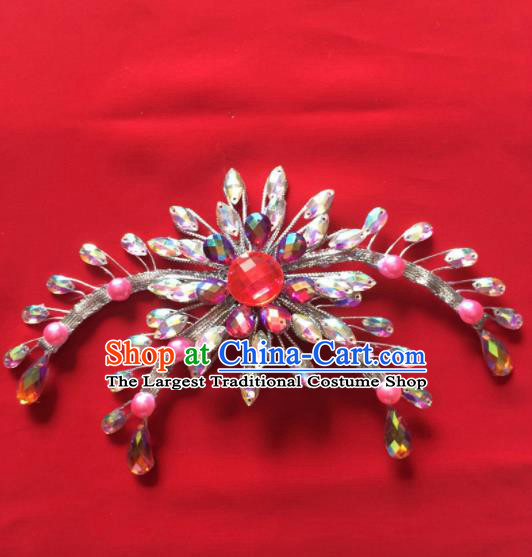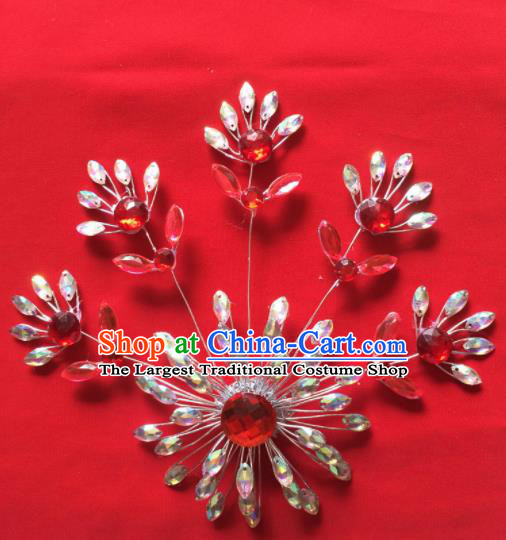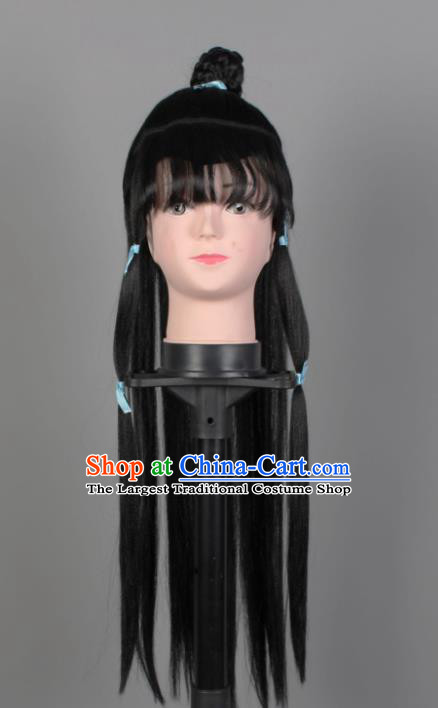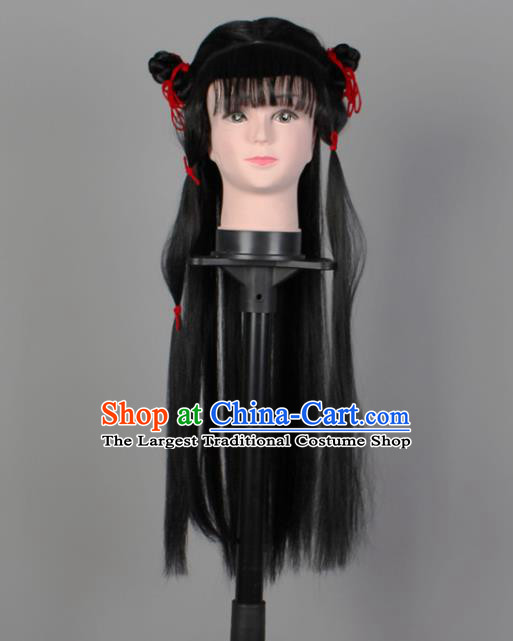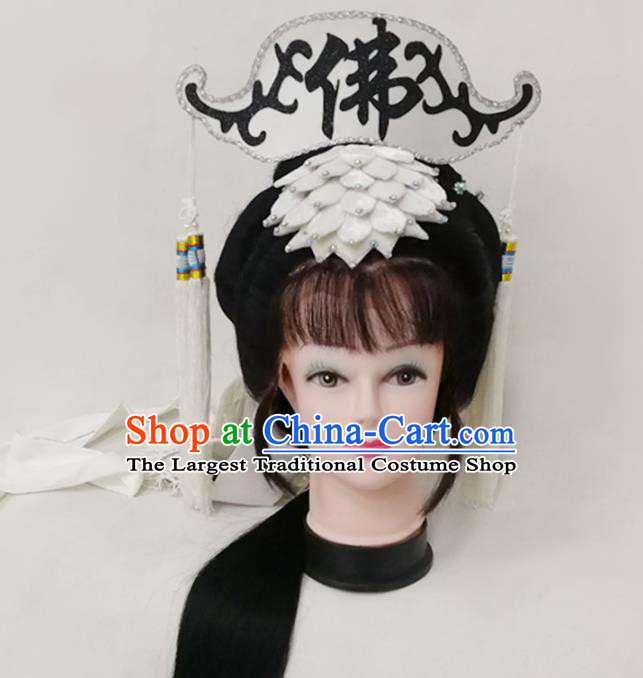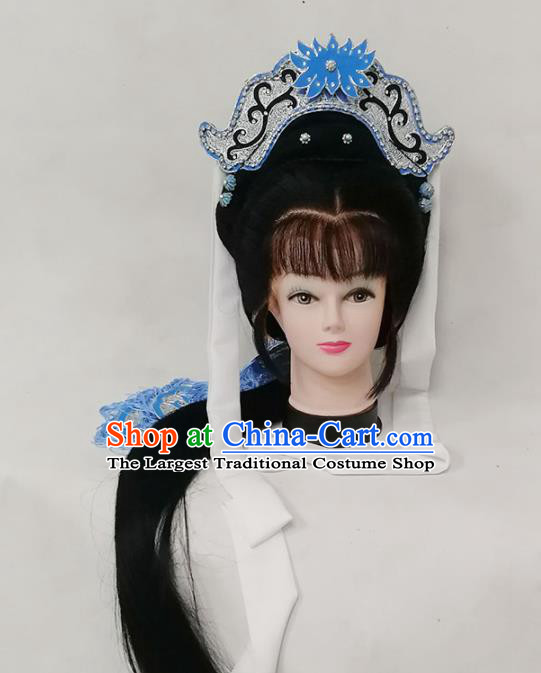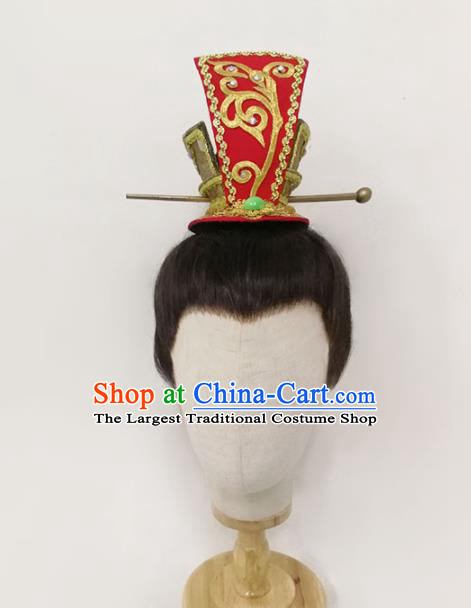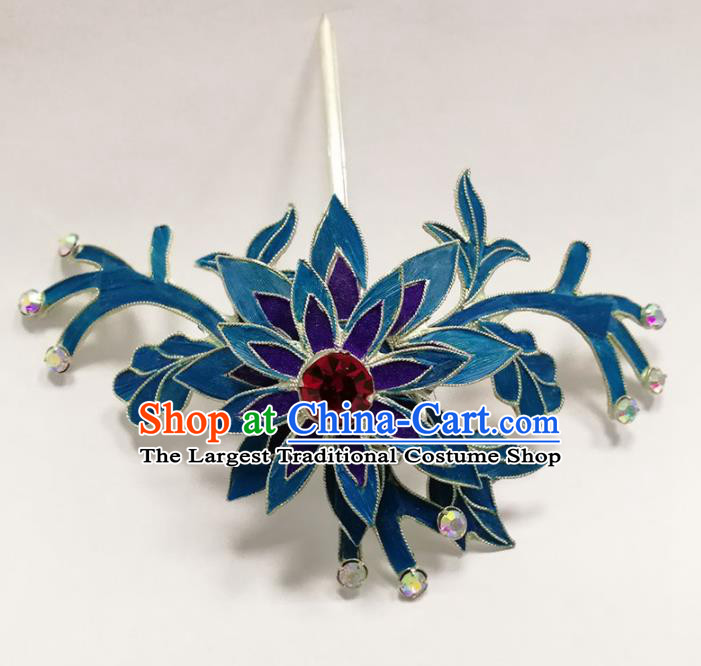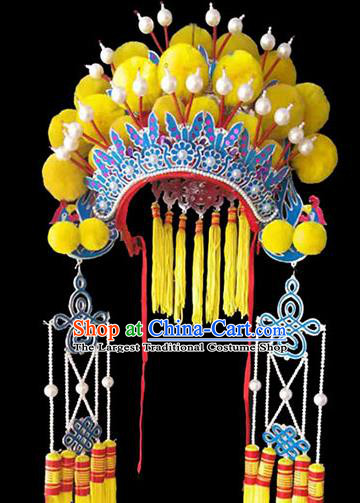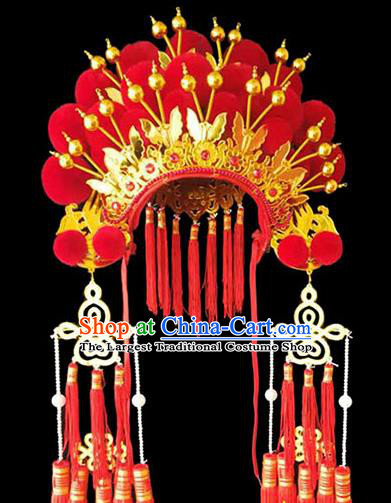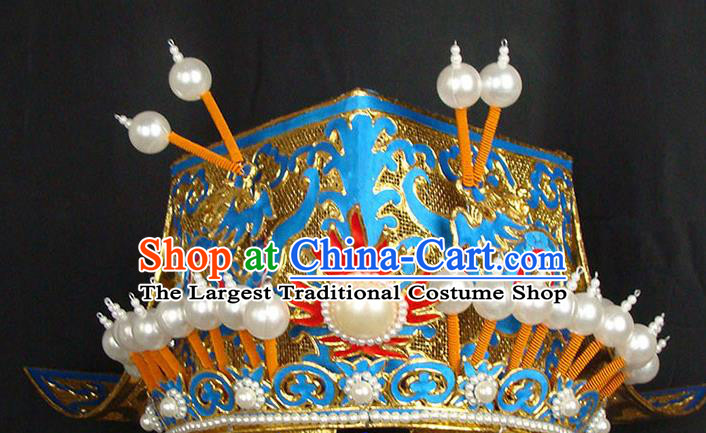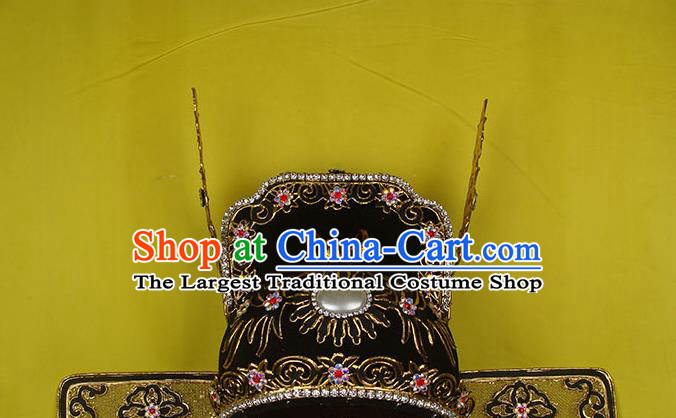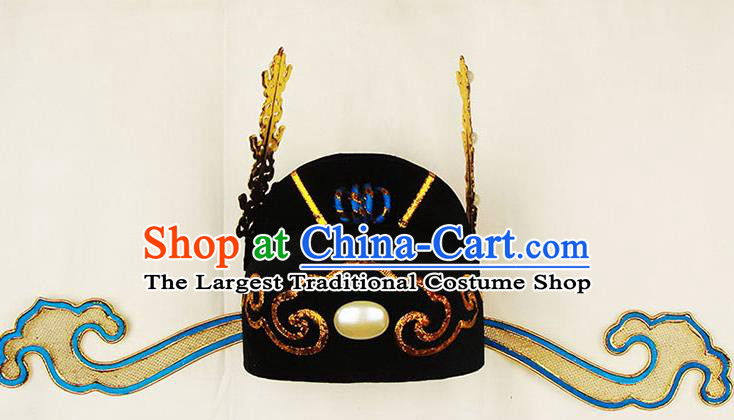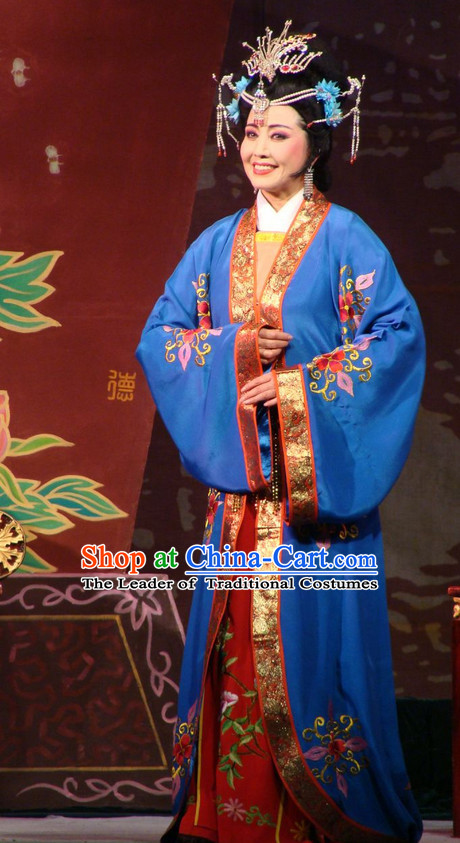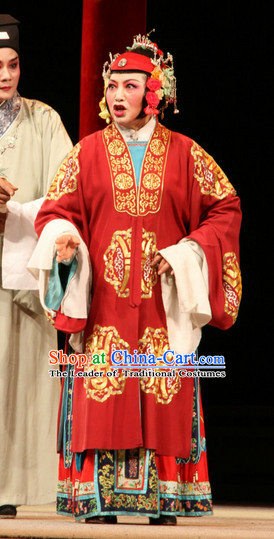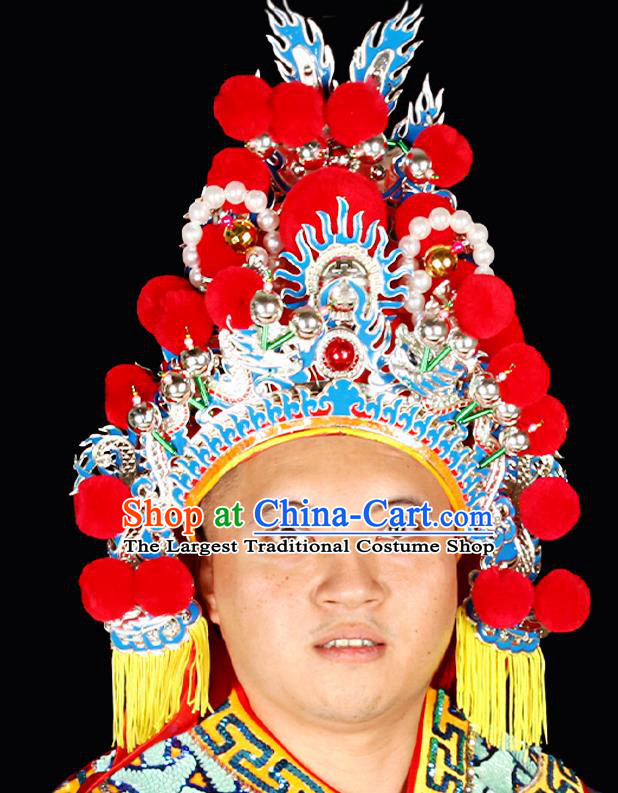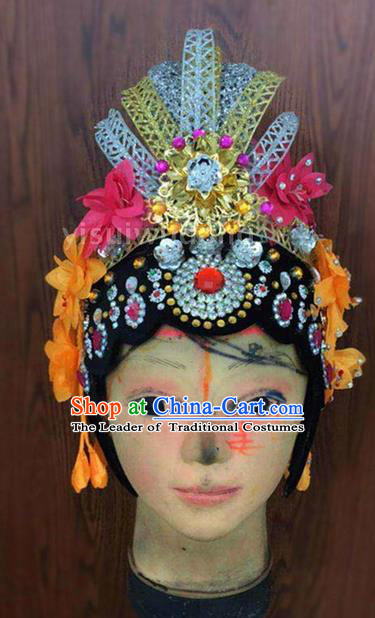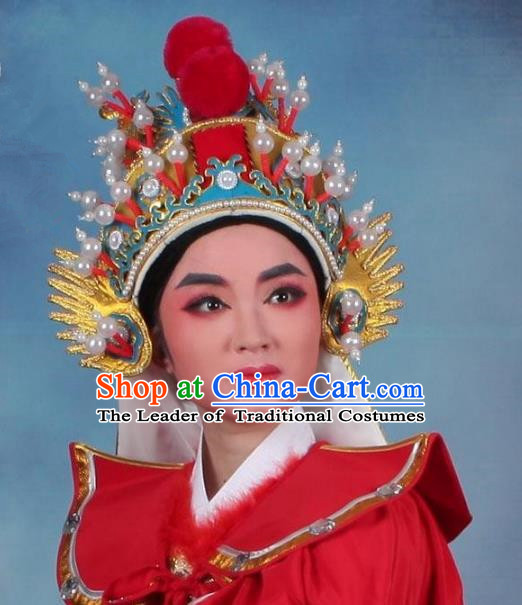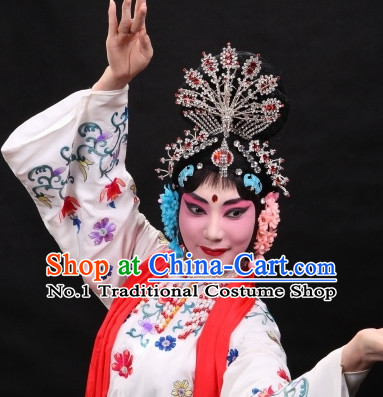
Click Related Pictures for More Audios:
Chinese Traditional Opera Hair Accessories are a unique and exquisite representation of the rich cultural heritage of China.
These accessories, which include hairpins, combs, and other decorative items, have been used for centuries to enhance the appearance and style of women's hair during traditional Chinese opera performances.
The intricate designs and patterns on these hair accessories showcase the skill and creativity of Chinese artisans who have honed their craft over generations.
They often feature delicate embroidery, intricate beading, and colorful gemstones that add depth and dimension to the overall look.
The use of these accessories not only enhances the beauty of the performers' hair but also serves as a symbol of their status and social standing within society.
In addition to their aesthetic value, Chinese Traditional Opera Hair Accessories also hold significant historical and cultural significance.
They were first introduced during the Tang Dynasty (618-907 AD) and have since evolved over time to reflect changes in fashion and societal norms.
For example, during the Ming Dynasty (1368-1644 AD), hair accessories became more elaborate and ornate, reflecting the wealth and prosperity of the ruling class.
Today, Chinese Traditional Opera Hair Accessories continue to play an important role in preserving the art form and passing down its traditions to future generations.
They serve as a reminder of the rich history and culture of China, and their beauty continues to captivate audiences around the world.



